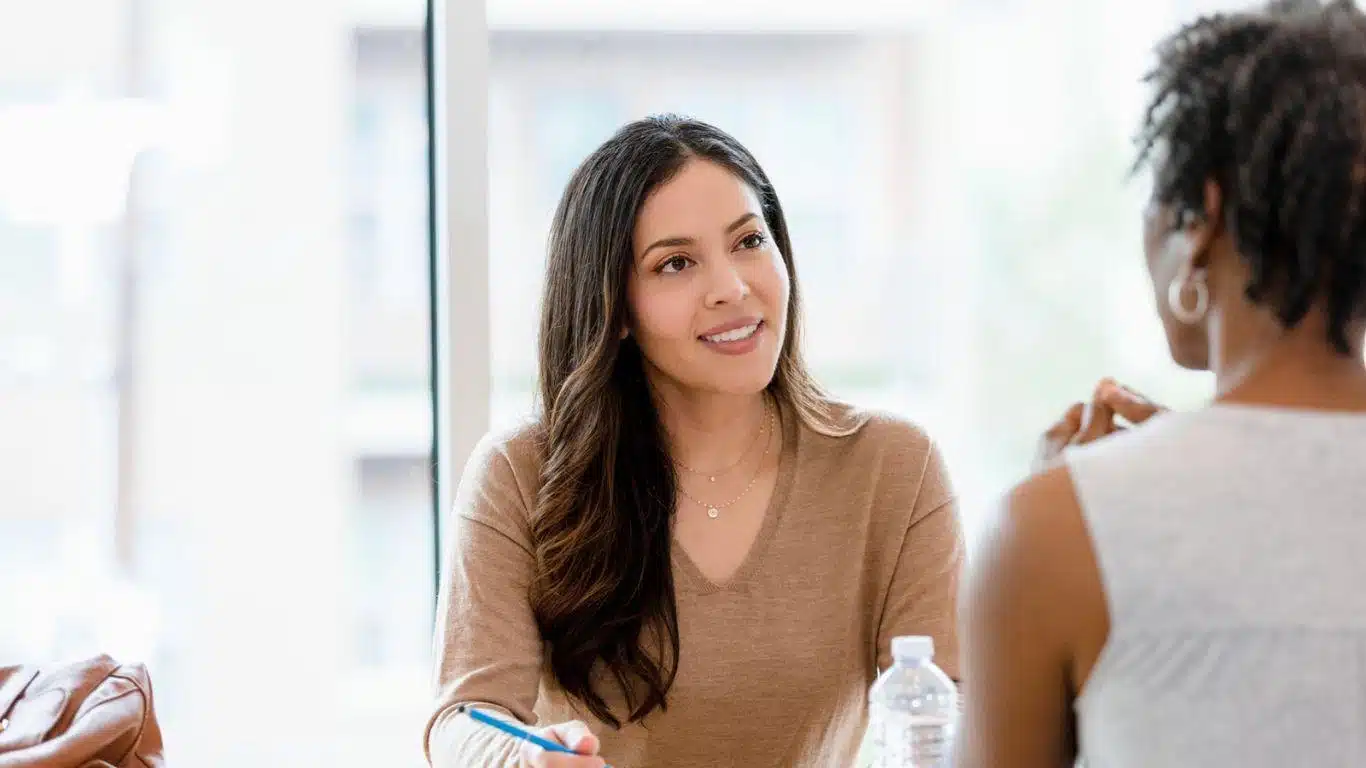As a teacher, you have a unique opportunity to positively impact the lives of your students by building strong relationships with them. When you take the time to get to know your students on a personal level, you can better understand their individual needs and support them in their academic and social development. By creating a warm and welcoming classroom environment, you can help your students feel valued and respected, which can boost their confidence and motivation to learn. We will share some tips on how to build strong teacher-student relationships that will help you to connect with your students on a deeper level and create a positive learning experience for all.
How to Build Strong Teacher-Student Relationships
Students Can Participate in Fun Activities

As a teacher, one of the most important aspects of your job is getting to know your students on a personal level. By understanding what inspires and drives them, you can form an emotional connection that will foster a positive and supportive learning environment. Engaging in fun activities such as games, icebreakers, and community-building exercises is an excellent way to break down barriers and create a comfortable and relaxed atmosphere. The more you know about your students and what motivates them, the stronger your bond with them will be, and the more effective you’ll be as an educator.
Sharing a Meal

There’s no denying that sharing a meal is one of the most effective ways to deepen any relationship, and this holds true for the bond between a teacher and their students. Taking the time to have lunch together each week can do wonders for building a sense of community and trust within the classroom. To ensure that your students feel included and appreciated, consider including an activity sheet in your class binder that allows them to share their likes and preferences.
Improve Academic Structure

The ultimate goal of every teacher is to see their students succeed academically, and this requires a personalized approach to education. Positive relationships with their students, educators can gain a deeper understanding of each individual’s intellectual level, allowing them to tailor their lessons to meet their unique needs. Which creates classroom environment more engaging, supportive, and empowering, motivating students to push beyond their limits and reach for new heights of knowledge and understanding. As a teacher, there’s no greater feeling than seeing your students thrive and achieve their goals, and personalized education is the key to unlocking their full potential.
Increase Teens’ Good Behavior

The University of Cambridge recently conducted a groundbreaking study that highlights the crucial role that positive teacher-student relationships play in promoting good behavior among teenagers. According to the research, educators who begin building relationships with their students at the age of 10-11 can cultivate “prosocial” behavior, such as altruism and cooperation, that can last up to four years. Create a supportive and nurturing classroom environment, As a teachers you can effectively reduce behavior problems like aggression, bullying, and rebellion. And have a sense of respect and cooperation that benefits everyone.
Assist Students with Physical Incapacity

Positive teacher-student relationships are not just about creating a welcoming and supportive classroom environment; they are also a powerful tool for helping educators understand and accommodate the needs of physically disabled students. By taking the time to evaluate the mindset of these students, teachers can gain a deeper understanding of their unique challenges and build a curriculum that is engaging, meaningful, and accessible to all. Whether it’s by customizing lesson plans or providing extra support, teachers have the power to make a real difference in the lives of less fortunate students.
Concern for Your Students

As Michelle Gallegos, a renowned teacher, author, presenter, and consultant from Colorado, wisely observes, children have an innate ability to recognize when their teachers genuinely care about them. Building a positive teacher-student relationship is the cornerstone of creating a supportive learning environment that fosters growth and achievement. In dealing with disruptive behavior, renowned teacher and author Pernille Ripp takes a compassionate approach, asking her students, “Are you okay?” instead of reacting with irritation. This simple act of empathy shows her students that she sees them as individuals, cares about their well-being, and is committed to creating a safe and nurturing classroom environment.
Tell them about your experiences

As a teacher, sharing appropriate stories from your life can be a powerful tool in engaging your students and fostering a deeper connection. As educator Wilde explains, she weaves personal stories into her lessons to teach writing skills, providing a relatable context that helps students understand the concepts more clearly. By sharing her own experiences, she not only imparts valuable skills but also shares a part of herself with her students, building a deeper level of trust and understanding. For instance, Wilde’s use of a conflict with her son to teach writing from a different perspective not only teaches a valuable skill but also allows her students to see her as a human being with her own experiences and challenges.
Hold one-on-one meetings with them

Regular reading and writing conferences are not only essential for assessing a child’s strengths and providing targeted instruction but also serve as a valuable opportunity to deepen the teacher-student relationship. By engaging in conversations that go beyond mere academics, teachers can get to know their students on a more personal level, gaining insight into their interests, challenges, and aspirations. This allows for a more holistic approach to education, one that takes into account the whole child and not just their academic performance. Building these relationships requires time and effort, but the rewards are immeasurable, as it creates a sense of trust and understanding that can inspire students to achieve their full potential.
Make Contact With Them

As educators, we must look beyond the traditional academic classroom and seek out opportunities to connect with our students on a personal level. Creating moments for relationship-building, such as having lunch together, organizing before-school breakfasts, or playing games together during recess, can lead to valuable connections with our students. For example, Rachael Wilde, a dedicated teacher from New York, has incorporated a weekly circle check-in time into her fifth-grade class on Monday mornings. This time allows her students to share something with the group, A sense of community and connection. By taking the time to get to know her students in a relaxed and supportive environment.
Make Your Classroom a Happy place

Creating a positive learning environment is a crucial first step in building a thriving classroom where students can excel. Teachers must work to understand the unique needs of each student, whether that means providing extra time to complete assignments, engaging in fun and meaningful activities, or offering social and emotional support. Above all, teachers are responsible for fostering a safe and welcoming space where students feel comfortable making mistakes and growing as individuals. By building relationships of trust and mutual respect, teachers can inspire their students to achieve their full potential. Additionally, creating a community of learners in which students can learn from and support one another is key to cultivating a positive and empowering classroom climate.
Also Read: 10 Must-Read Books Starting with Letter I | Title Beginning With ‘I’





